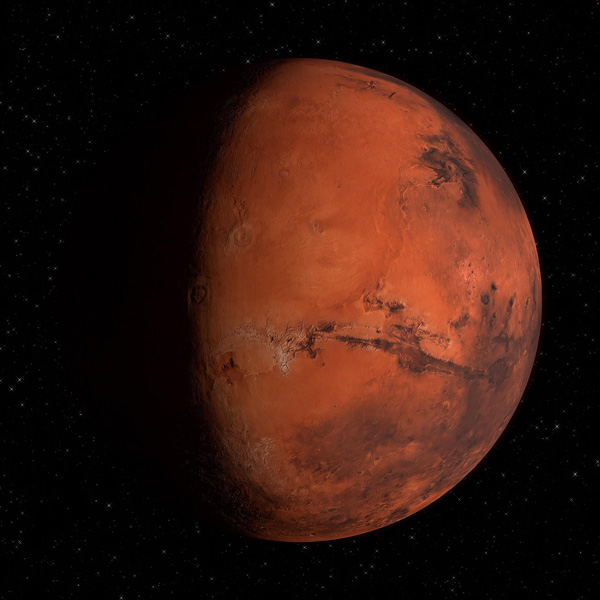Explosion of SpaceX Starship has impact beyond Elon Musk’s Ambition

[Planet, Mars, Space royalty-free stock illustration, photo credit to pixabay]
The upgraded block 2 starship exploded again on its second attempt on March 6th, following an engine malfunction that spreaded debris over the Caribbean casting doubt on Elon Musk’s aspiration to initiate uncrewed landing on mars in 2026, with humans in it within 2030 and also on NASA’s plan to moon as well.
The ultimate goal of Elon Musk, the founder and CEO of SpaceX, is to get humans to Mars.
Last November, when Musk claimed that he is “highly confident” about his plan to Mars by 2026, it was viewed as barely plausible.
However, criticisms and denunciation surrounding Musk’s plan to mars increased rapidly as the starship blew up once again, and now it looks close to impossible.
Cosmologist Dr. Paul Sutter remarked “It’s like announcing a camping trip on your next available weekend, without having purchased any camping supplies. And your car is in the shop. And has exploded,”.
This targets Starship’s technical hurdles of two flight tests ending in an explosion, with the fifth experimental flight postponed to at least November due to environmental concerns.
There are numerous strict requirements that spacecraft should follow and this process has high demand for accuracy.
A spacecraft must follow an elliptical path around the Sun which is calculated to connect Earth’s orbit to Mars orbit.
It will then require a thrust in order to move into a new elliptical orbit which is tangential to Earth’s orbit.
According to mathematical calculations, the spacecraft is predicted to arrive in Mars's orbit that lies on the opposite side of the Sun after six to eight months.
The main challenge lies in synchronizing the spacecraft’s arrival with Mars's orbit at the same time as Mars.
In order for this to proceed, Earth should be roughly 45 degrees behind Mars when the spacecraft is launched.
This opportunity only comes every two and a bit years, meaning that only two chances will be given in a four year presidential term for President Trump.
Uncrewed spaceships would need to be launched in late 2026 and humans will have to leave Earth’s orbit at the end of 2028, when the opportunity opens to be launched before president Trump’s constitutional time runs up.
However, due to ongoing failures of Spacecraft prototypes, it seems impossible to launce uncrewed spaceship by late 2026.
SpaceX said it would further investigate the cause of explosions of Starship in the previous flight tests.
The focus here is that a trip to Mars is not the only one which counts on the success of Starship.
To carry out the Artemis III mission- returning American astronauts to the surface of the moon, NASA requires the need of Starship in the middle of 2027.
If the Starship fails to conduct a dress rehearsal by 2026, the Artemis III will have to be postponed once again.
China, by contrast, has a simpler plan which plans to land people on the Moon in 2030, while NASA’s approach has a low probability to do so.

- Minji Lee / Grade 8
- Branksome Hall Asia

![THE HERALD STUDENT REPORTERS [US]](/assets/images/logo_student_us.png)
![THE HERALD STUDENT REPORTERS [Canada]](/assets/images/logo_student_ca.png)
